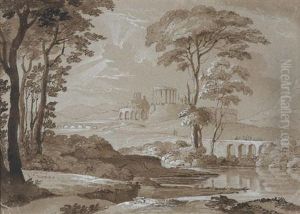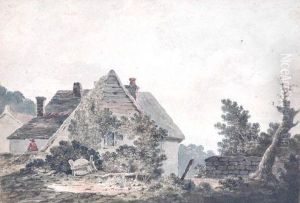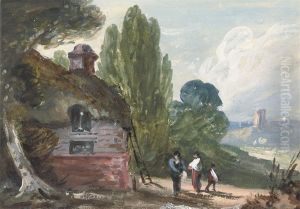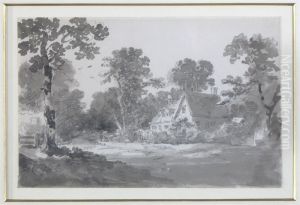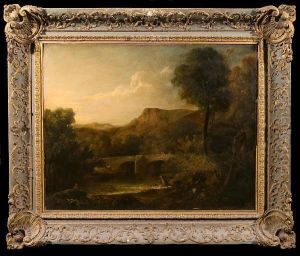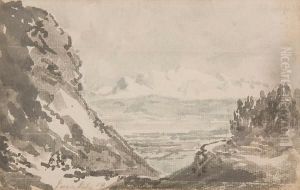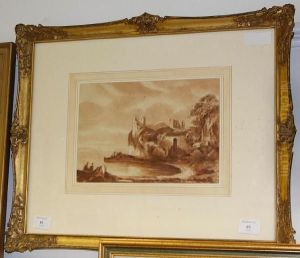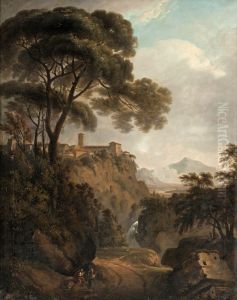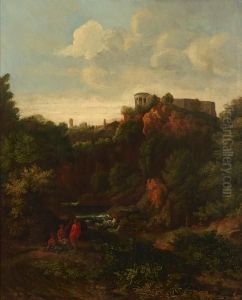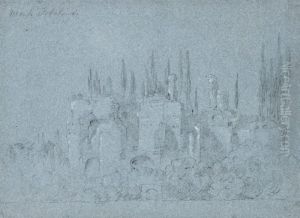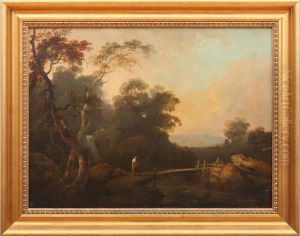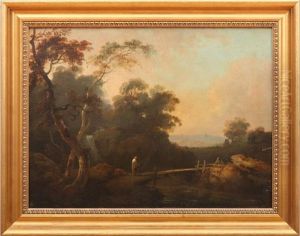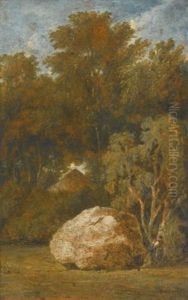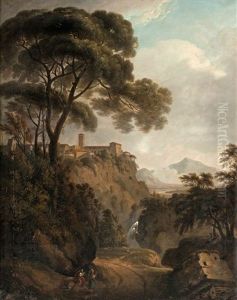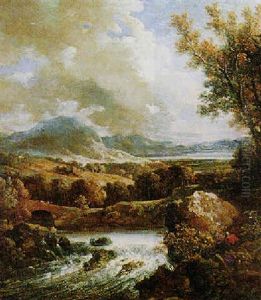George Howland Beaumont Paintings
Sir George Howland Beaumont, 7th Baronet, was an English art patron, amateur painter, and one of the pivotal figures in the establishment of the National Gallery in London. Born on November 6, 1753, in Great Dunmow, Essex, Beaumont was educated at Eton and was inclined towards the arts from an early age, influenced by his travels through Italy and Switzerland, where he developed a love for landscape painting and the works of the old masters.
Beaumont's contributions to the arts were not limited to his own amateur paintings; his greater impact was as a benefactor and advocate for art in Britain. He was a friend and patron to many artists of his time, including the famous landscape painter J.M.W. Turner. Beaumont's own estate, Coleorton Hall in Leicestershire, became a center for artistic activity and was frequented by poets and artists such as Wordsworth and Constable.
In addition to supporting contemporary artists, Beaumont was deeply involved in efforts to promote and protect the heritage of European painting. His art collection included works by Rubens, Reynolds, and Poussin, among others. In 1823, he made a significant donation of 16 paintings to the nation, which served as the cornerstone for the establishment of the National Gallery in 1824. This act of philanthropy was crucial in bringing to fruition the idea of a national repository of art accessible to the public.
Sir George Howland Beaumont was also active in the political arena as a Whig politician, though he is primarily remembered for his cultural contributions. He passed away on February 7, 1827. His legacy is one of patronage and promotion of the arts, and his vision for a national collection of art has had a lasting influence on the cultural landscape of the United Kingdom.
